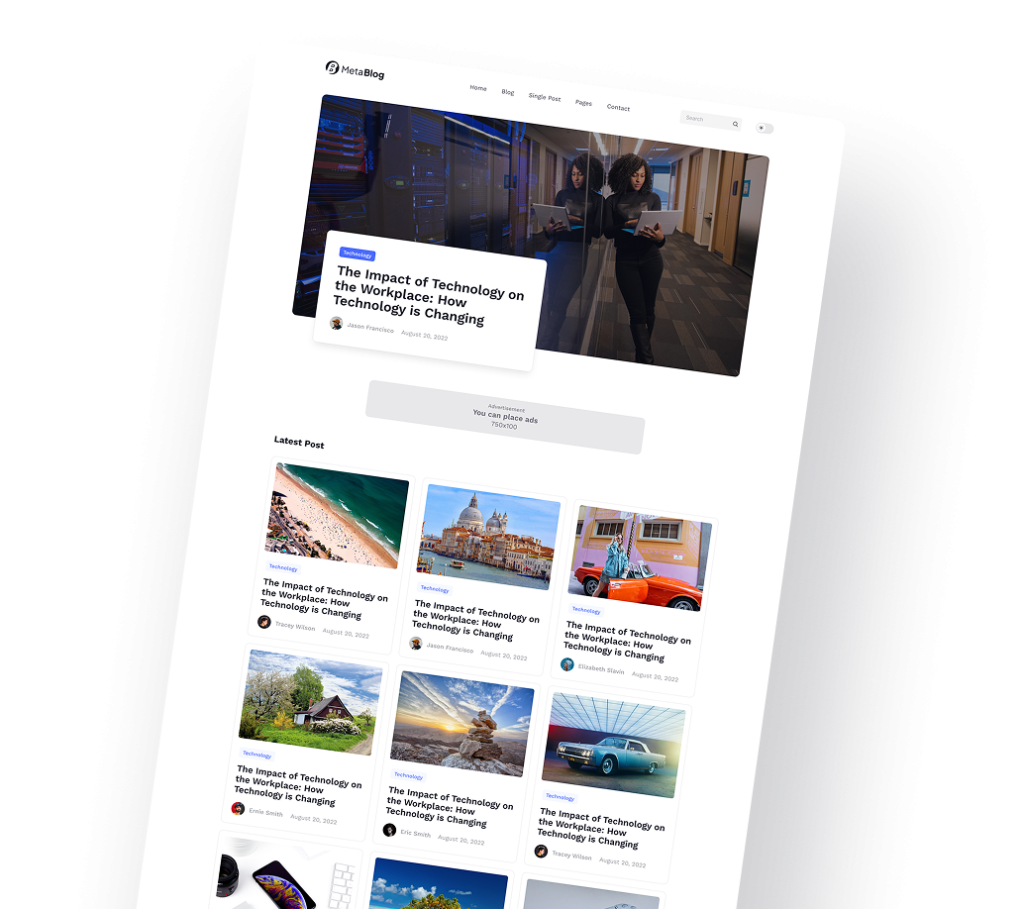Beginner’s Guide to Responsive Web Design

In today’s mobile-first world, responsive web design is no longer optional—it’s essential. With users accessing websites on everything from smartphones to large desktop monitors, your site must adapt seamlessly across all screen sizes. But what exactly is responsive web design, and how can beginners start implementing it effectively?
This guide will walk you through the basics of responsive web design, key techniques, tools, and best practices so you can build websites that look great and function flawlessly on any device.
What is Responsive Web Design?
Responsive Web Design (RWD) is an approach to web development that ensures your website layout and content automatically adjust to fit different screen sizes and orientations. Instead of creating separate sites for mobile and desktop, a responsive site uses flexible grids, media queries, and images to provide a consistent user experience across all devices.
Key goals of RWD:
- Improve user experience on all devices
- Boost SEO rankings (Google favors mobile-friendly sites)
- Reduce maintenance (one site for all devices)
Core Components of Responsive Design
1. Fluid Grid Layouts
A fluid grid uses relative units like percentages instead of fixed units like pixels. This allows elements to resize proportionally to the screen size.
Example:
.container {
width: 90%;
max-width: 1200px;
margin: 0 auto;
}
2. Flexible Images
Images should scale within their containers to prevent overflow.
Example:
img {
max-width: 100%;
height: auto;
}
3. Media Queries
Media queries apply different styles depending on the screen size or device type.
Example:
@media (max-width: 768px) {
body {
font-size: 16px;
}
}
Benefits of Responsive Design
- Better User Experience: Users get a seamless experience no matter what device they’re using.
- Improved SEO: Google gives preference to mobile-optimized sites.
- Lower Bounce Rates: A readable and navigable design keeps users engaged.
- Cost-Effective: You only have to build and maintain one website.
Tools for Building Responsive Websites
1. Webflow
A visual web design tool that lets you build responsive websites without coding.
2. Bootstrap
A popular CSS framework with built-in responsive grid and components.
3. Figma
Design UI layouts and prototype responsive behaviors visually.
4. Chrome DevTools
Test your website on different screen sizes directly in the browser.
Best Practices for Beginners
- Design Mobile-First
Start your design for the smallest screen and work up. It ensures content hierarchy and performance. - Use Breakpoints Wisely
Common breakpoints:- 320px–480px (mobile)
- 481px–768px (tablet)
- 769px–1024px (small desktop)
- 1025px+ (large desktop)
- Avoid Fixed Widths
Use percentages andmax-widthinstead of pixel-based widths. - Test Often
Preview your site on different devices and orientations. - Keep It Simple
Avoid complex layouts that break easily on small screens.
Common Responsive Design Mistakes
- Using fixed pixel widths for containers
- Not testing on actual mobile devices
- Ignoring touch-friendly design (e.g., buttons too small)
- Overusing media queries
Final Thoughts
Responsive web design isn’t just a trend—it’s the foundation of modern web development. By learning the core principles and applying best practices, even beginners can create professional websites that adapt beautifully to any screen. Whether you’re using code or visual tools like Webflow, a solid understanding of responsiveness will set you apart as a capable web designer.
Start simple, experiment often, and remember: the web is meant to be fluid—your designs should be too.




